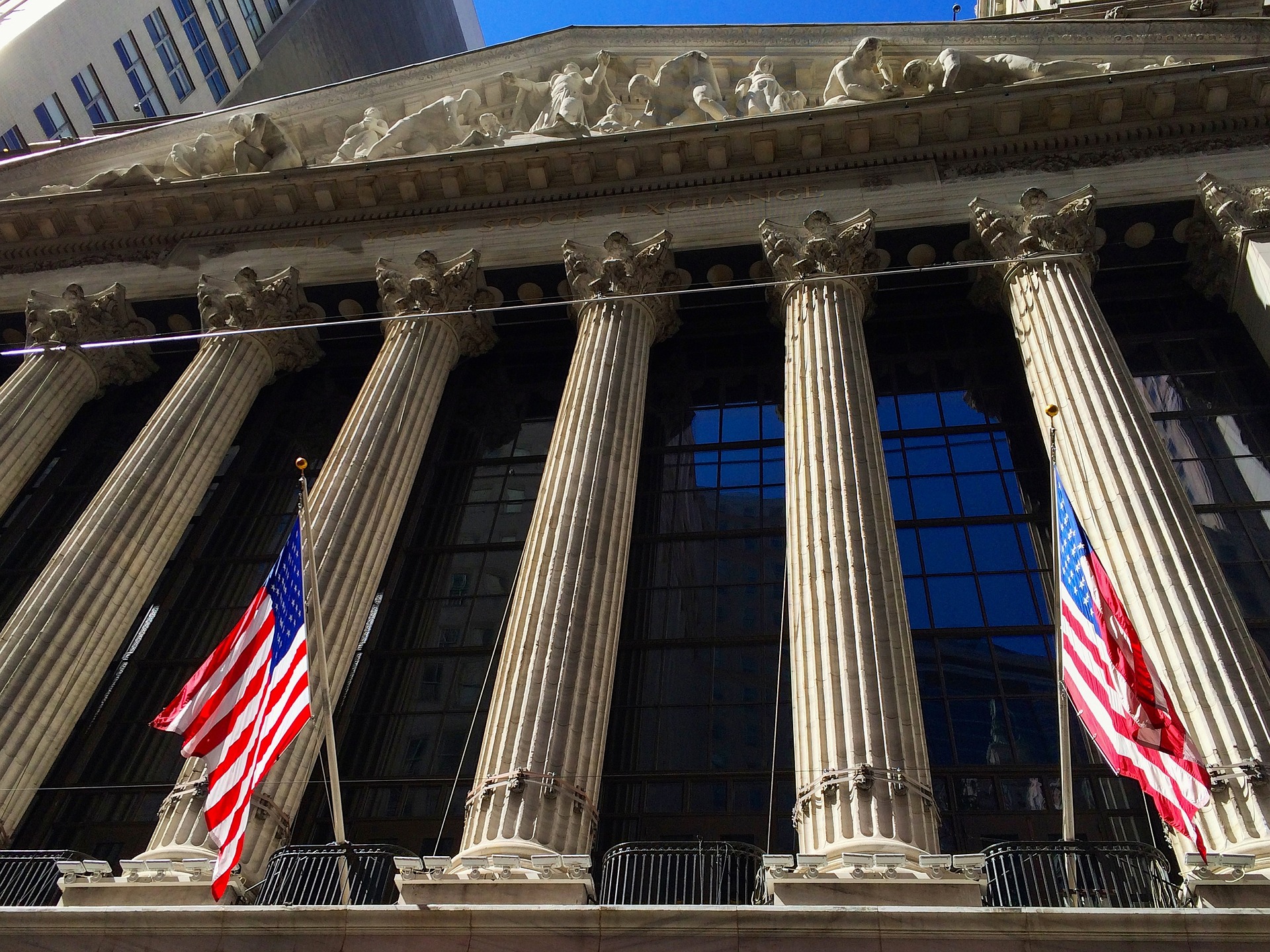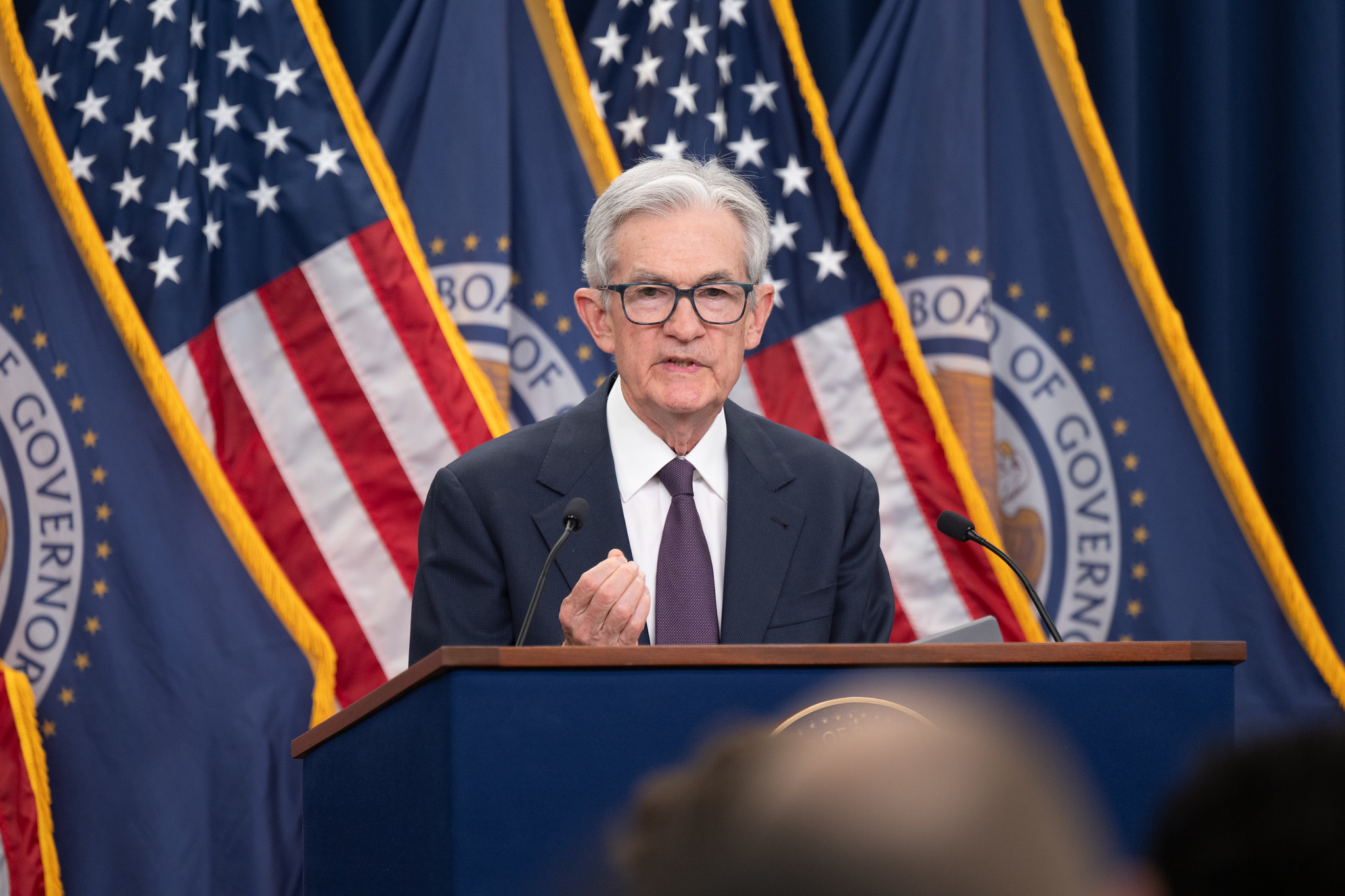Data and More Data: The U.S. economy is the global benchmark for the financial industry because it is capable of producing a large amount of detailed and verifiable information. And four months after President Donald Trump launched the tariff war, analysts are beginning to have information that allows them to move out of uncertainty.
Trade negotiations, corporate earnings, employment data, GDP, inflation, and interest rates: the market is starting to find anchors, but shadows and doubts are also emerging regarding the reliability of official figures.
A Reliability Problem
Paul Donovan, Chief Economist at UBS, points to a new concern among investors in these turbulent months: “The revisions of last Friday’s (August 1) U.S. employment report coincided with the fragile narrative of the labor market. The situation remains ‘no hiring, no firing.’ The drop in manufacturing employment aligns with political uncertainty. The most concerning event on Friday was not the data, but President Trump’s dismissal of the Commissioner of the Bureau of Labor Statistics.”
Donovan believes that, globally, economic data has become less reliable in recent years. The drop in survey response rates, political polarization leading to biased responses, rapid structural economic changes that statisticians cannot keep up with, and the underfunding of statistical agencies have conspired to make revisions more extensive and frequent.
“Any suspicion of political interference in data means that investors will assume positive figures are manipulated, as in countries where GDP miraculously exceeds the official growth target year after year. The risks of policy errors increase. A gap between economic reports and reality complicates business planning. In the case of the U.S., the mere perception of political bias would further damage the dollar’s reserve status,” warns Donovan.
The Latest U.S. Employment Data
Seema Shah, Global Head of Strategy at Principal Asset Management, is beginning to see in the employment data the first repercussions of the tariff war: “It was not just a much weaker-than-expected employment figure, but the sharp downward revisions of the previous two months represent a significant blow to the perception of labor market strength. The most concerning aspect is that the negative impact of tariffs is just beginning to be felt, so it is likely that in the coming months we will see even clearer signs of a slowdown.”
David Kohl, Chief Economist at Julius Baer, analyzes the U.S. labor market, which confirms the weakness of the world’s largest economy. The June employment report suggests that the U.S. economy is cooling. The revisions of previous payroll growth figures were also significantly reduced, indicating lower job growth in April/May. Unemployment slightly increased to 4.2%, due to the slowdown in labor supply.
Jeffrey Cleveland, Chief Economist at Payden & Rygel, points out that the latest data on the U.S. labor market shows an unemployment rate still relatively low (4.2%), but job growth is weakening, and they believe the trend will continue.
“The drop in two-year Treasury yields indicates that investors have probably paid too much attention to inflation and too little to signs of a labor market slowdown, so now they have realized they need to rebalance their portfolios and extend duration,” says Cleveland.




